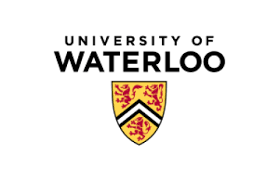A High-Quality Dataset and Reliable Evaluation for Interleaved Image-Text Generation
Recent advancements in Large Multimodal Models (LMMs) have significantly improved multimodal understanding and generation. However, these models still struggle to generate tightly interleaved image-text outputs, primarily due to the limited scale, quality and instructional richness of current training datasets. To address this, we introduce InterSyn, a large-scale multimodal dataset constructed using our Self-Evaluation with Iterative Refinement (SEIR) method. InterSyn features multi-turn, instruction-driven dialogues with tightly interleaved imagetext responses, providing rich object diversity and rigorous automated quality refinement, making it well-suited for training next-generation instruction-following LMMs. Furthermore, to address the lack of reliable evaluation tools capable of assessing interleaved multimodal outputs, we introduce SynJudge, an automatic evaluation model designed to quantitatively assess multimodal outputs along four dimensions: text content, image content, image quality, and image-text synergy. Experimental studies show that the SEIR method leads to substantially higher dataset quality compared to an otherwise identical process without refinement. Moreover, LMMs trained on InterSyn achieve uniform performance gains across all evaluation metrics, confirming InterSyn's utility for advancing multimodal systems.











